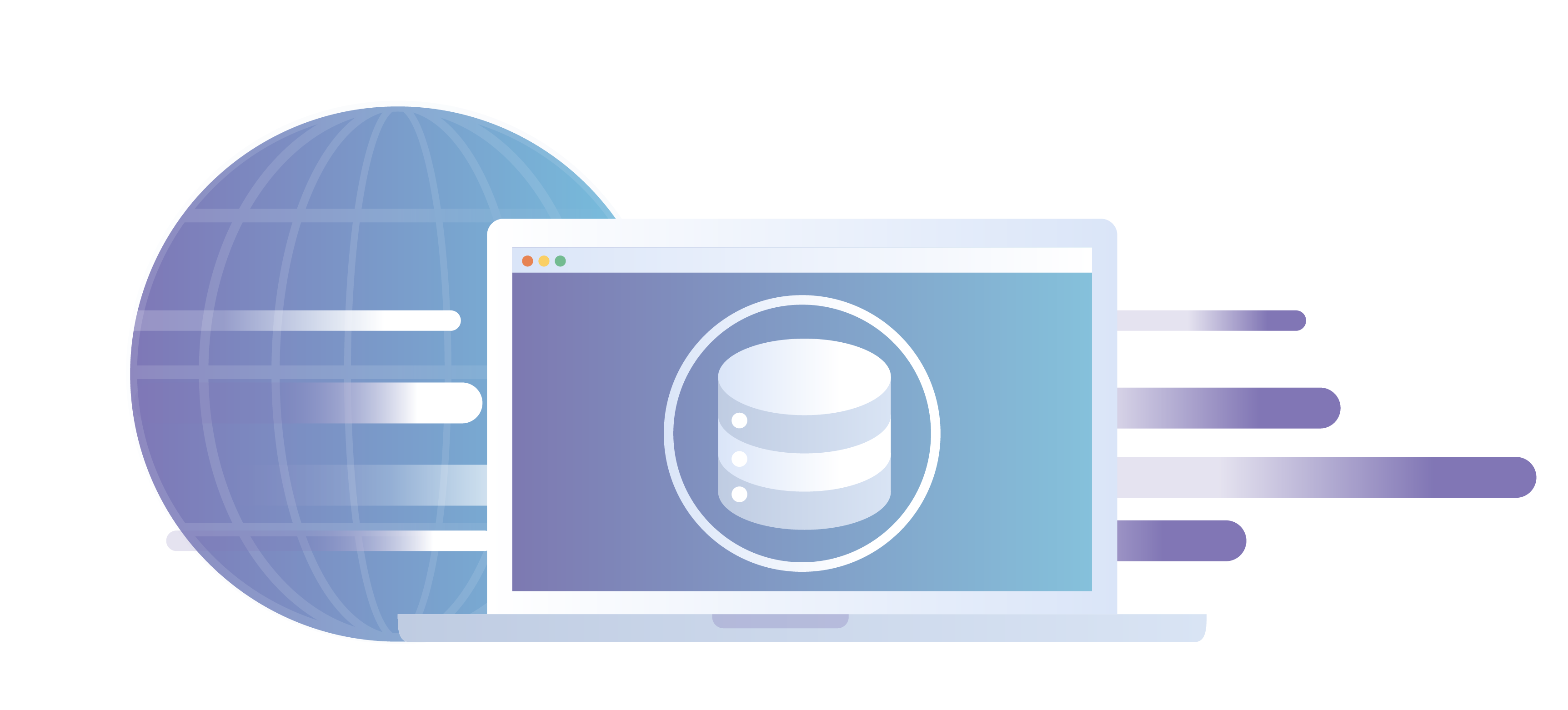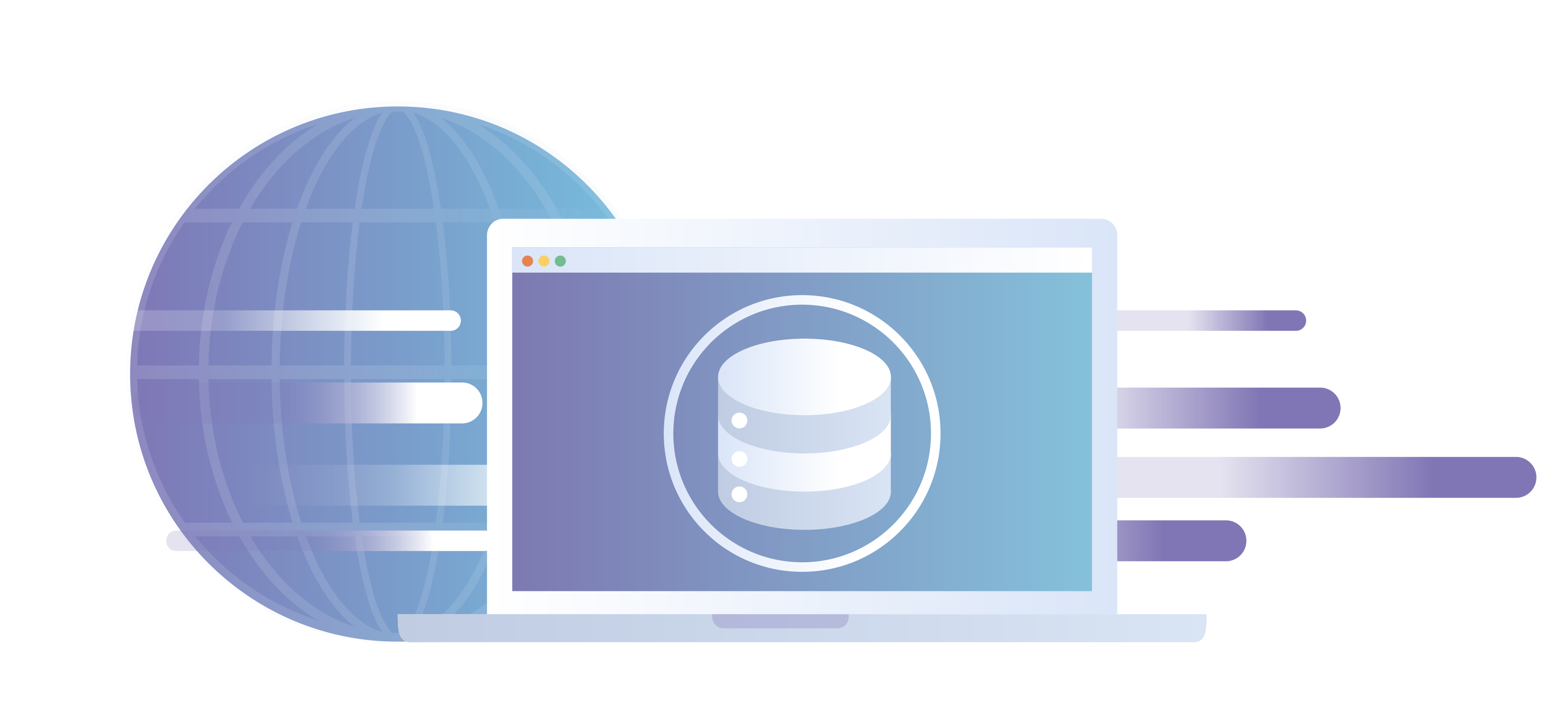HPE predicts storage-class memory will replace NAND flash
Storage-class memory (SCM), RAM that has the ability to retain its contents like NAND flash memory but the speed of DRAM, will eventually supplant flash as the high-speed storage medium of choice.That’s the prediction of Ivan Iannaccone, vice president and general manager of HPE’s 3PAR storage unit. But he adds that it will take some time.“It’s not going to happen overnight; it’s just a matter of time for it to become economically viable, but it will eventually take over. Maybe in 10 years,” he told me.[ Read also: Why disk beat tape in the backup wars | Get daily network and data center insights: Sign up for Network World newsletters ] On a per-byte basis, SCM is around four times more expensive than flash. Currently only two vendors make it: Intel and Samsung. Intel sells it under the Optane brand and targets it at enterprises, and Intel’s Optane HPE uses it in its storage arrays.To read this article in full, please click here
 CEO Börje Ekholm trumpeted the fact that Ericsson returned to full-year organic sales growth in 2018 for the first time since 2013.
CEO Börje Ekholm trumpeted the fact that Ericsson returned to full-year organic sales growth in 2018 for the first time since 2013.







 Intel has been on the hunt for a new CEO for more than seven months. Pundits expected the chipmaker to announce a new chief executive before or on its earnings call today.
Intel has been on the hunt for a new CEO for more than seven months. Pundits expected the chipmaker to announce a new chief executive before or on its earnings call today.